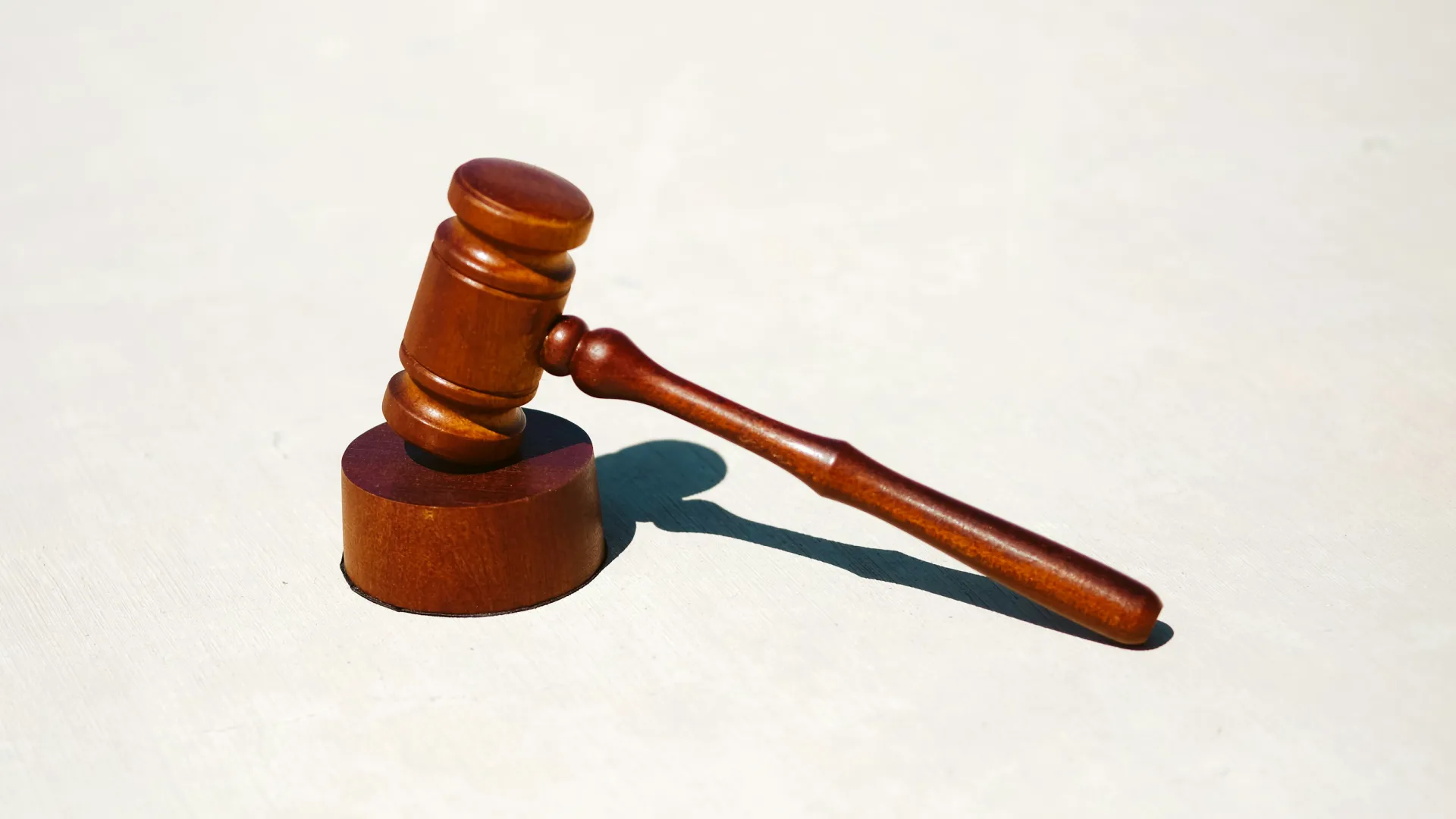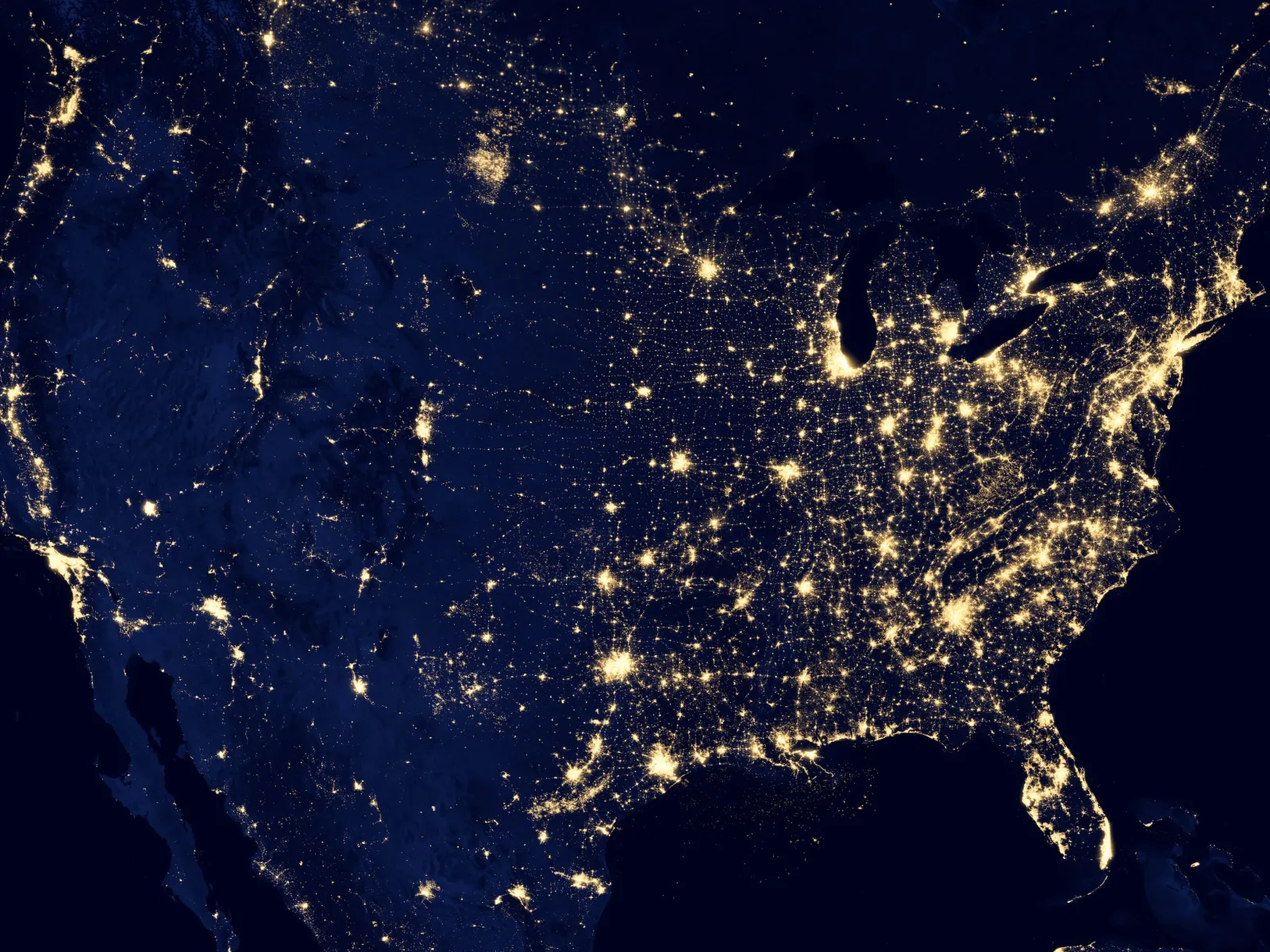
AED Laws By State

Requirements
Find Your State's AED Laws
Legislation That Saves Lives
In the years between 1997 and 2001, most states took legislative action with bills incorporating provisions such as:
- Clearly defining the legislative intent, allowing any person to use an AED to save another's life during a cardiac arrest.
- Encouraging or mandating training in AED usage for potential users.
- Setting standards for AED device maintenance and testing, ensuring they meet manufacturer specifications.
- Establishing registries or notification systems to pinpoint the location of all AEDs for rapid emergency response.
- Providing "Good Samaritan" liability exemptions for individuals rendering emergency treatment with a defibrillator.
- Authorizing state agencies to establish comprehensive requirements for training and registration.
In a world where every second counts, AEDs have become a lifeline in the race against sudden cardiac arrest (SCA). California mandates AEDs in health clubs, while schools, airports, and sports arenas nationwide have also embraced this life-saving technology. Back in 1997, Florida led the way in enacting AED laws, ushering in an era of crucial legislation and Good Samaritan protection for AED programs in every state.
The Shocking Truth About SCA
Sudden cardiac arrest strikes approximately 400,000 Americans annually, making it a formidable adversary. Without timely medical intervention within the critical ten-minute window, many victims face grim outcomes. Traditional first aid, including cardiopulmonary resuscitation (CPR), proves insufficient when confronted with SCA. This condition disrupts the heart's electrical activity, leading to a perilous abnormal rhythm known as ventricular defibrillation (VF). Failing to correct VF through defibrillation with an automated external defibrillator (AED) often results in fatalities or severe neurological damage.
SCA doesn't discriminate - it can affect anyone, regardless of age or overall health. While it's impossible to prevent SCA, we hold the power to prevent sudden cardiac death when proper and swift intervention is employed. Experts agree: the "chain of survival" holds the key to saving lives.
